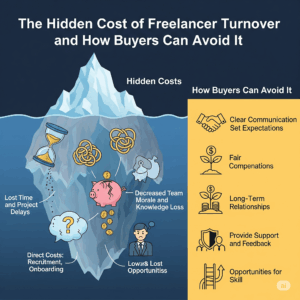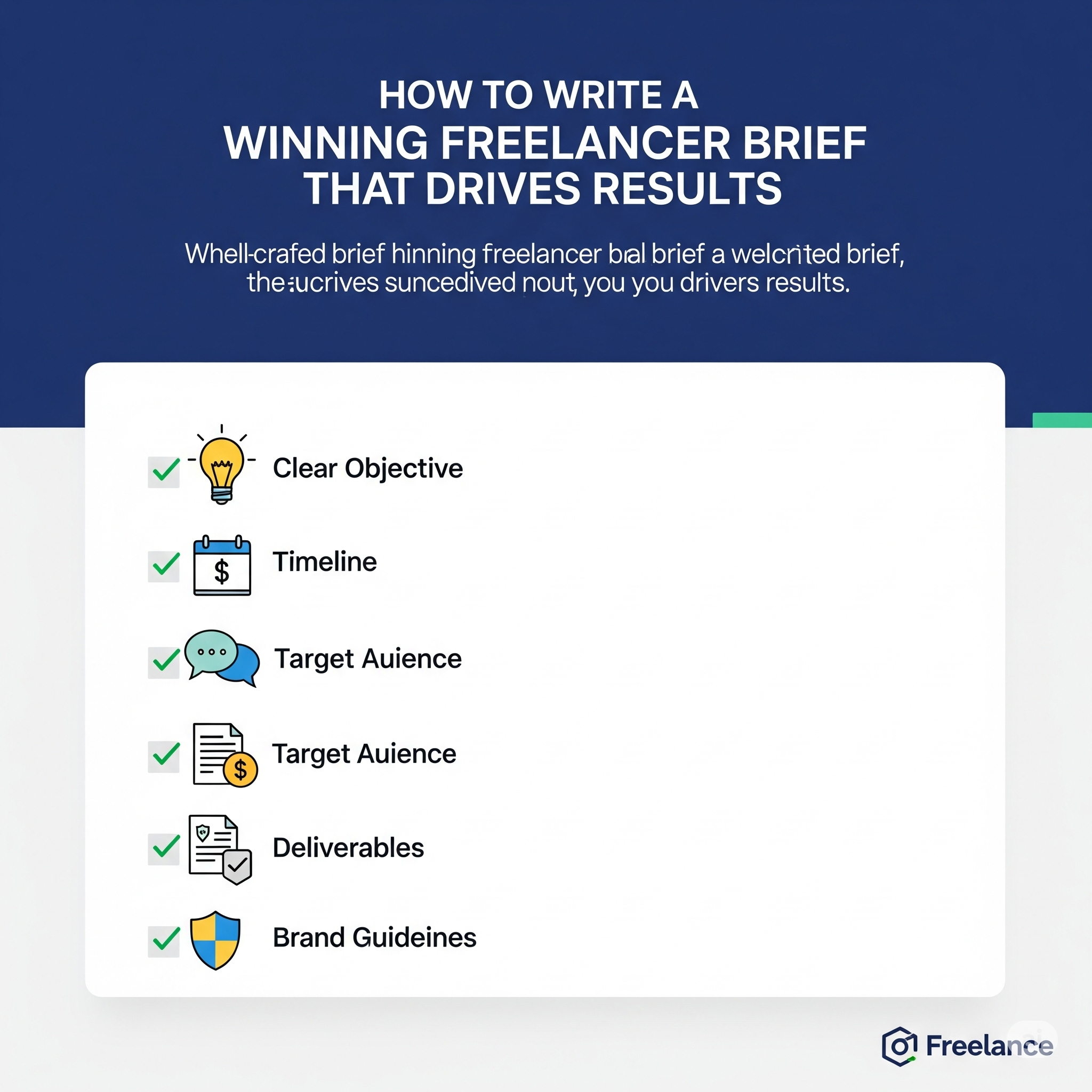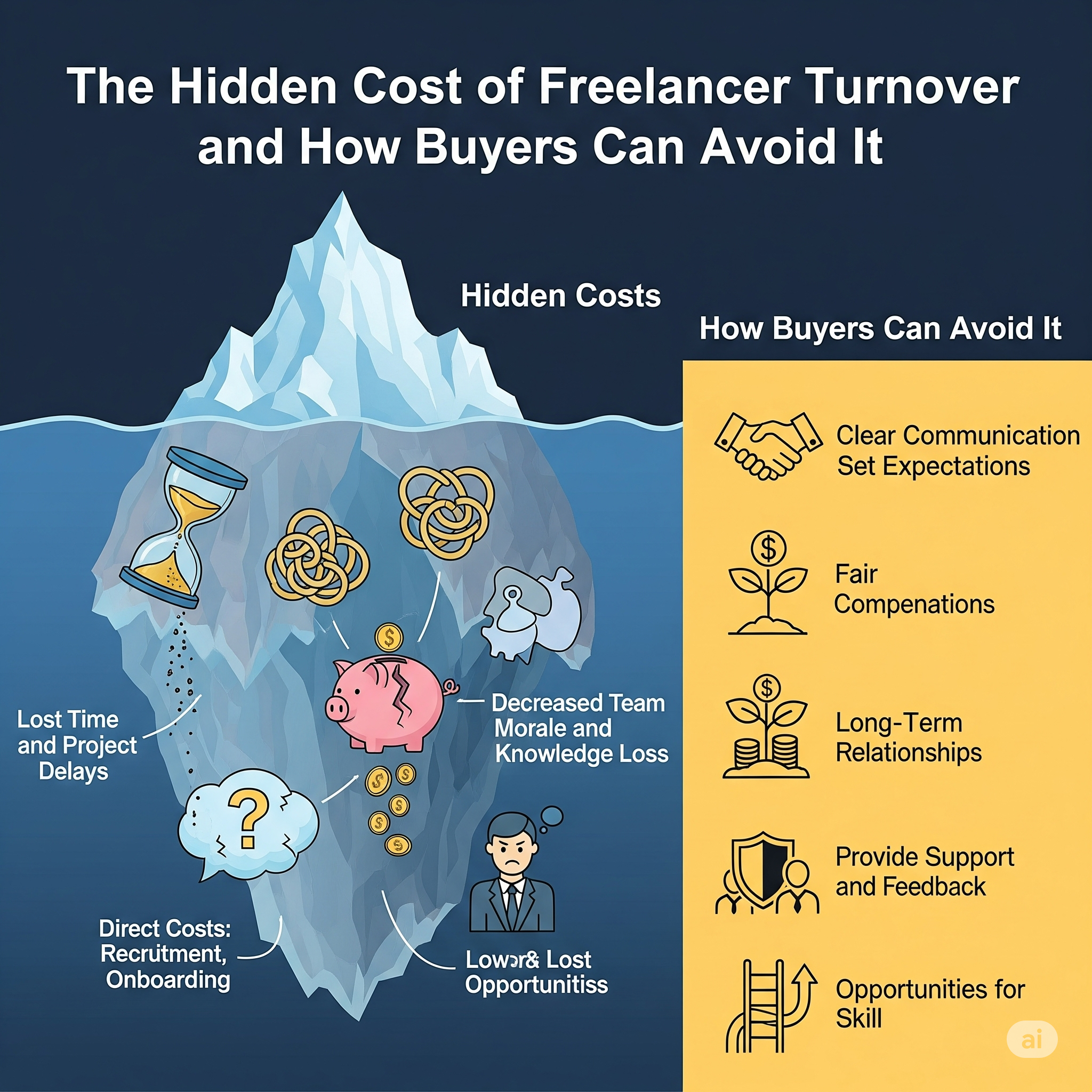In today’s competitive business landscape, having a clear and effective marketing strategy is crucial for success. A well-thought-out strategy not only helps you reach your target audience but also ensures that your efforts align with your business goals. In this post, we’ll walk through the key steps to creating a winning marketing strategy that can drive growth and generate results.
1. Define Your Business Goals
Before diving into the specifics of your marketing strategy, start by outlining clear, measurable business goals. Are you looking to increase brand awareness, generate more leads, or boost sales? These goals will serve as the foundation of your strategy and guide every decision you make moving forward.
2. Understand Your Target Audience
Your marketing strategy should be built around your audience’s needs, preferences, and behaviors. Conduct thorough market research to identify your ideal customers. Use tools like surveys, interviews, and analytics data to gather insights on demographics, interests, and pain points. Create buyer personas that represent different segments of your audience so you can tailor your messaging and tactics accordingly.
3. Analyze Your Competitors
Understanding your competition is essential to carving out your own space in the market. Analyze their strengths, weaknesses, marketing tactics, and messaging. What channels are they using? How are they engaging with their audience? Identifying gaps in the market or opportunities they might be overlooking can help you differentiate your strategy.
4. Choose the Right Marketing Channels
Not every marketing channel will be suitable for your business or target audience. Once you have a deep understanding of your audience, select the channels that will best reach them. For example, if your audience spends most of their time on social media, investing in social media marketing would be more effective than focusing solely on email marketing.
Common channels include:
- Social media (Facebook, Instagram, LinkedIn, etc.)
- Email marketing
- Search engine optimization (SEO)
- Content marketing (blog posts, videos, etc.)
- Paid advertising (Google Ads, social media ads)
5. Craft a Compelling Value Proposition
Your value proposition is what sets you apart from competitors and tells customers why they should choose your product or service. Clearly communicate the unique benefits your business offers and why it’s the best solution to your audience’s needs. Your value proposition should be front and center in your messaging across all marketing channels.
6. Create Engaging and Relevant Content
Content is a powerful tool in any marketing strategy. Whether it’s blog posts, social media content, videos, or newsletters, make sure your content is relevant, engaging, and aligned with your audience’s interests. High-quality content not only builds trust with your audience but also improves your website’s SEO ranking and drives traffic.
7. Set a Marketing Budget
Determining how much you’re willing to invest in marketing is a crucial step in your strategy. Your budget should reflect your goals and the resources required to achieve them. Allocate funds to different marketing channels based on their potential ROI, and be prepared to adjust your budget as you see what works and what doesn’t.
8. Implement and Monitor Your Strategy
Once your strategy is in place, start executing it across your chosen channels. Be sure to track key performance indicators (KPIs) to measure the effectiveness of your efforts. KPIs could include metrics like website traffic, social media engagement, conversion rates, or sales revenue. Regularly analyze your data and make necessary adjustments to optimize your marketing campaigns.
9. Evaluate and Refine
A winning marketing strategy is never static. Continuously monitor your results and refine your strategy based on performance. Conduct A/B tests, adjust your messaging, and explore new channels as you learn more about what resonates with your audience. The ability to adapt and improve over time will keep your marketing efforts relevant and effective.
Conclusion
Creating a winning marketing strategy requires a deep understanding of your audience, setting clear goals, selecting the right channels, and delivering value through compelling content. By following these steps and consistently evaluating your efforts, you can build a strategy that drives results and sets your business up for long-term success.








